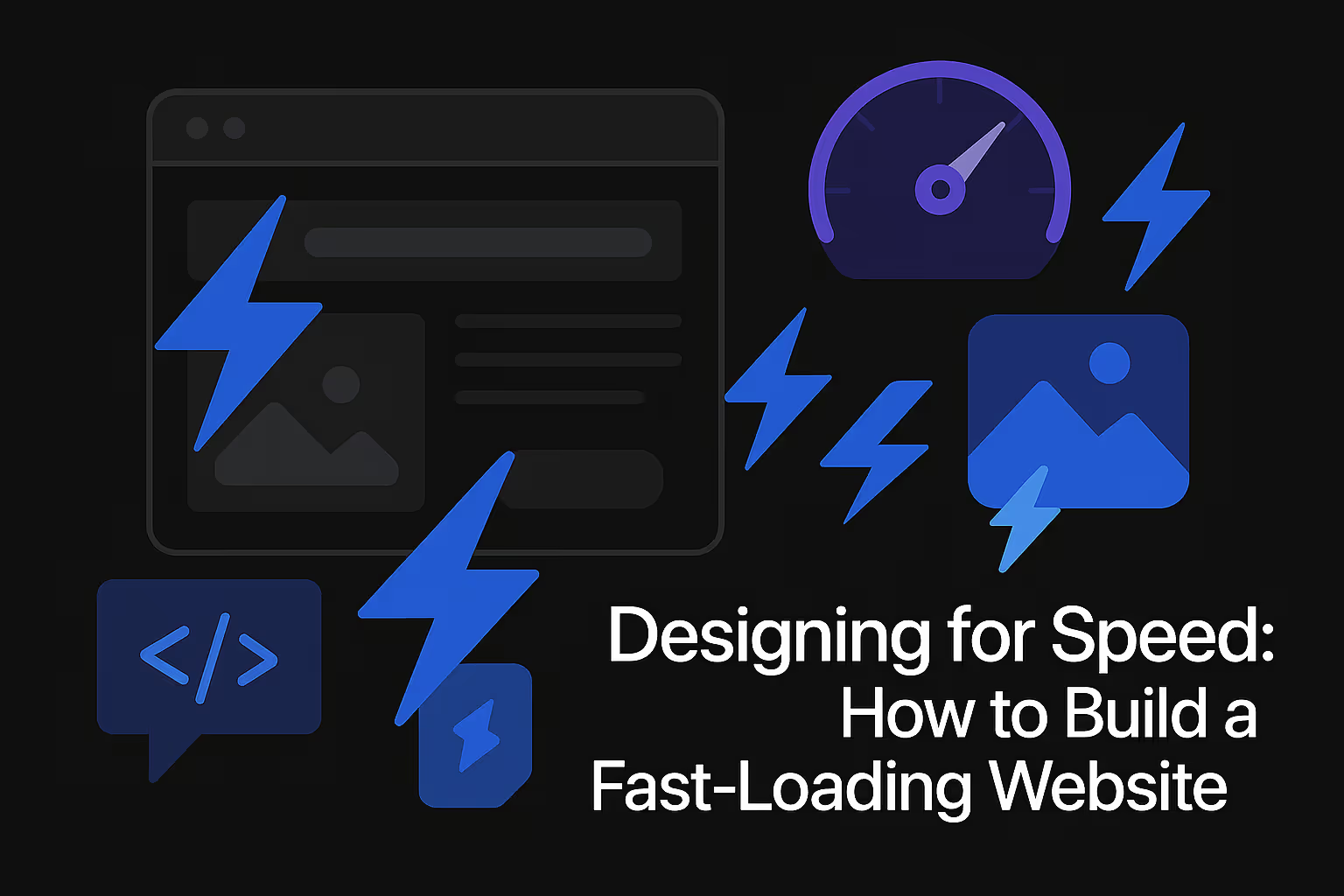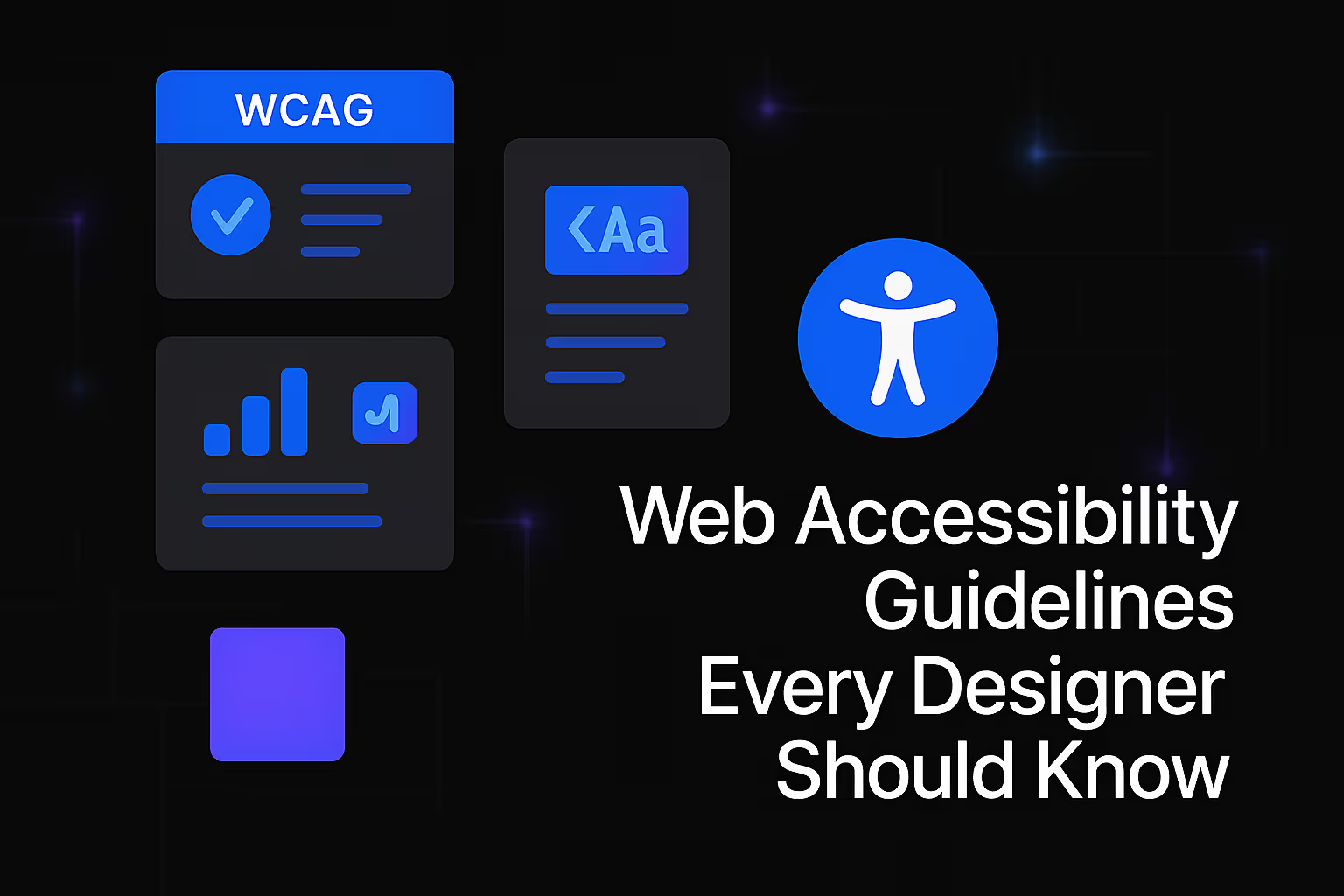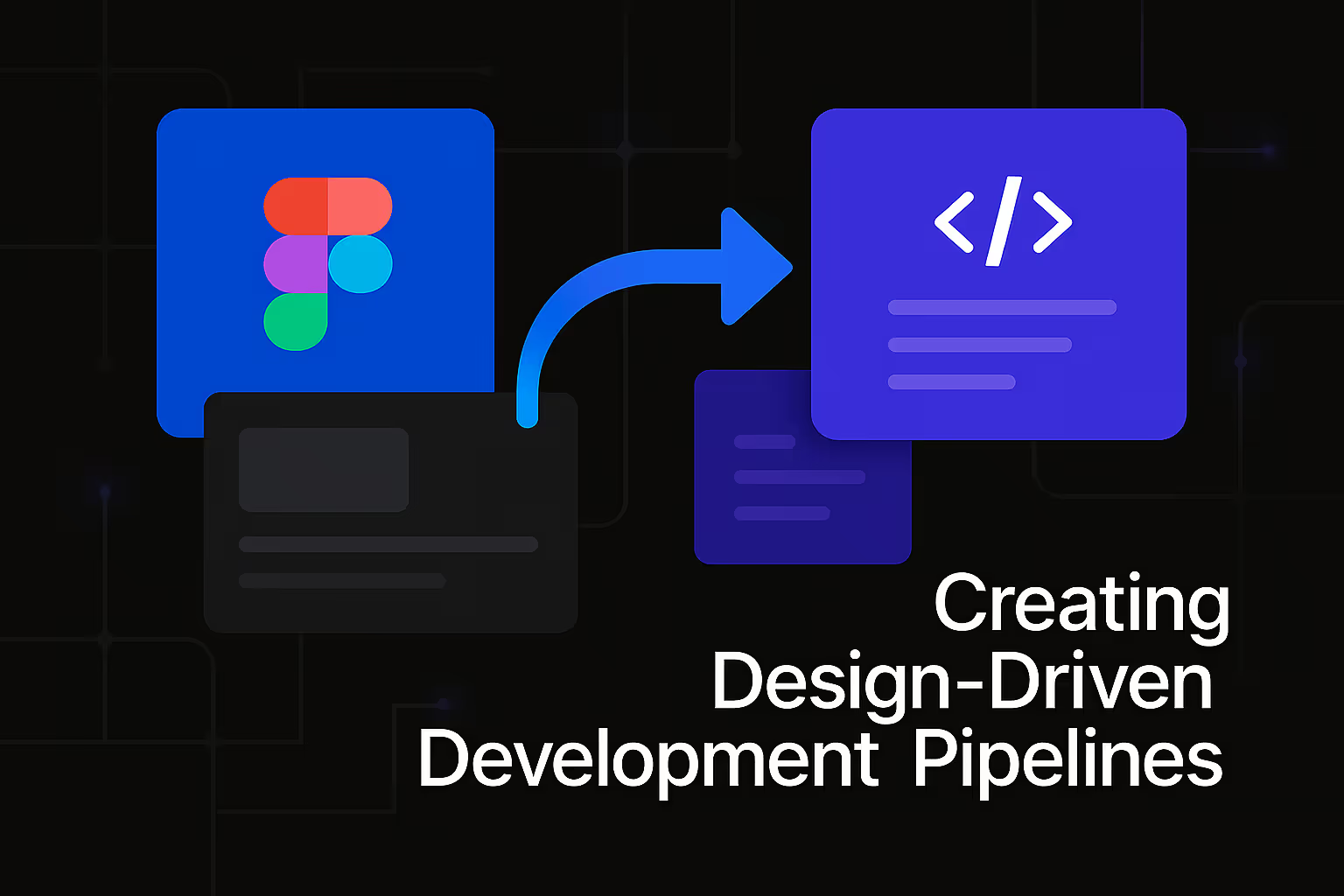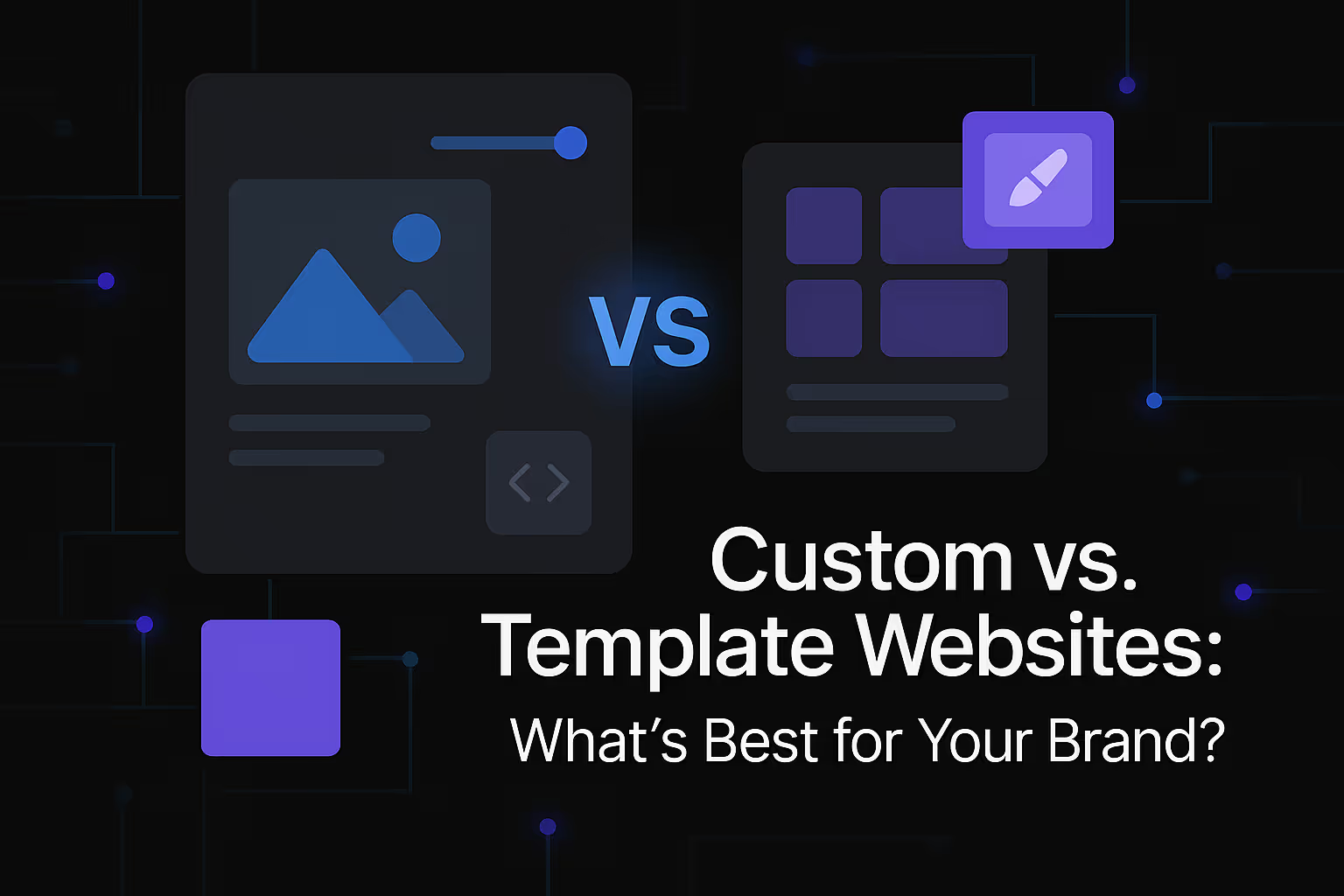Designing for Speed: How to Build a Fast-Loading Website

In the increasingly competitive digital landscape, a website's loading speed has transcended from a mere technical consideration to a cornerstone of paramount importance for both user experience and search engine optimization. In an era where attention spans are fleeting and expectations for instant gratification are high, even a fraction of a second can dictate whether a visitor stays or bounces, ultimately impacting your bottom line. Search engines, particularly Google, have long signaled their preference for fast-loading sites, integrating page speed directly into their ranking algorithms. This is not just about a technical tick-box; it's about providing an exceptional, seamless experience for your users, which in turn, signals to search engines that your site is valuable and authoritative.
The intricate dance between website speed and SEO is multifaceted. A slow website frustrates users, leading to higher bounce rates and lower engagement. These negative user signals are interpreted by search engines as indicators of a poor quality site, consequently affecting your visibility in search results. Conversely, a rapidly loading website fosters a positive user experience, encouraging longer visits, more page views, and ultimately, better conversion rates. This user-centric approach aligns perfectly with Google's "people-first" philosophy, where the ultimate goal of content is to serve human users effectively and reliably. Building a fast-loading website is therefore not merely a technical task, but a strategic imperative that directly contributes to your organic search performance and overall digital success.
The Foundational Elements of a High-Speed Website
Achieving optimal website speed is a holistic endeavor, requiring attention to various interconnected components. It begins with the very infrastructure of your site and extends to the way your content is delivered and rendered. Every element, from your server to a single image, plays a pivotal role in the overall loading experience.
Optimizing Your Server and Hosting Environment
The journey to a fast-loading website fundamentally starts with a robust and responsive server. Your hosting provider and the type of hosting you choose are critical determinants of initial page load times. Shared hosting, while often budget-friendly, can lead to performance bottlenecks if too many websites compete for the same server resources. Dedicated servers, Virtual Private Servers (VPS), or cloud hosting offer greater control and dedicated resources, significantly improving server response times.
A fast server response time is the bedrock of website speed. When a user requests a page, the server must process that request and deliver the necessary files efficiently. Any delay at this stage creates a cascade of subsequent delays. Therefore, investing in a high-quality hosting solution that can handle your website's traffic and resource demands is a non-negotiable step. Furthermore, ensuring your server is configured for optimal performance, including adequate memory and processing power, can make a substantial difference. Regular server maintenance and updates also contribute to sustained high performance.
Leveraging Content Delivery Networks for Global Reach
Once your server is optimized, the next crucial step in minimizing latency, particularly for a geographically dispersed audience, is the implementation of a Content Delivery Network (CDN). A CDN is a distributed network of servers that stores cached copies of your website's static content, such as images, CSS, and JavaScript files, in various locations around the world. When a user accesses your website, the CDN delivers the content from the server geographically closest to them, dramatically reducing the physical distance data has to travel.
This geographical proximity significantly decreases latency, resulting in faster loading times for users worldwide. For instance, a user in Europe accessing a website hosted in the United States would experience much quicker load times if the content is served from a CDN node in London rather than directly from the US server. CDNs also offer enhanced security features and can absorb traffic spikes, further improving site reliability and performance. The strategic use of a CDN ensures that your valuable content is delivered with remarkable speed, regardless of where your audience resides, thereby contributing to a consistently positive user experience and supporting your global SEO efforts.
The Art and Science of Image and Media Optimization
Images and other media files are often the heaviest elements on a webpage and are frequently the primary culprits behind slow loading times. Unoptimized images can consume significant bandwidth, leading to sluggish performance and frustrated users. The art of image optimization involves striking a balance between visual quality and file size.
Firstly, consider the dimensions and resolution of your images. Always serve images at the exact dimensions they will be displayed on your website, avoiding unnecessary scaling by the browser. Large, high-resolution images meant for print have no place on the web without proper resizing. Secondly, choose appropriate file formats. Modern formats like WebP offer superior compression without a noticeable loss in quality compared to traditional JPEGs and PNGs. JPEG is generally suitable for photographs, while PNG is better for images with transparency or sharp edges.
Beyond format, robust compression is key. Image compression tools, both online and integrated into content management systems, can significantly reduce file sizes without compromising visual integrity. Furthermore, implementing lazy loading for images and videos is a transformative technique. Lazy loading ensures that media files only load when they are about to enter the user's viewport, rather than all at once when the page initially loads. This defers the loading of off-screen content, prioritizing the visible elements and making the initial page load appear much faster. This not only improves perceived performance but also conserves bandwidth, especially for users on mobile devices or slower connections.
Streamlining Code: HTML, CSS, and JavaScript Efficiency
The underlying code of your website—HTML, CSS, and JavaScript—also has a profound impact on loading speed. Bloated, unoptimized code can significantly increase file sizes and force browsers to perform extensive processing before rendering the page. Efficient code is lean, clean, and strategically loaded.
Minification is a fundamental practice for code optimization. This process involves removing all unnecessary characters from your code without altering its functionality. This includes whitespace, comments, and redundant line breaks. Minifying HTML, CSS, and JavaScript files can considerably reduce their size, leading to faster download times.
Beyond minification, the order and manner in which CSS and JavaScript files are loaded are crucial. CSS is render-blocking, meaning the browser must process all CSS before it can render any of the page's content. To mitigate this, consider inlining critical CSS—the minimum CSS required to render the initial visible portion of the page—directly into your HTML. The rest of your CSS can then be loaded asynchronously.
Similarly, JavaScript can also be render-blocking. To prevent JavaScript from delaying page rendering, defer non-critical JavaScript files. This can be achieved by adding the `defer` or `async` attributes to your script tags. The `defer` attribute ensures the script executes after the HTML is parsed, while `async` allows the script to download in the background without blocking the HTML parsing, executing as soon as it's downloaded. Prioritizing the loading of essential content and deferring non-critical elements ensures that users can interact with your page much more quickly.
Implementing Effective Caching Strategies
Caching is an indispensable technique for accelerating website performance by storing copies of your website's resources, either on the user's browser or on the server. When a user revisits your website, or navigates to another page, the browser or server can retrieve these cached copies much faster than re-downloading them from the origin server.
Browser caching, also known as client-side caching, instructs a user's web browser to store static files (like images, CSS, and JavaScript) locally for a specified period. When the user returns to your site, their browser can load these cached assets instantly, bypassing the need to re-download them. This significantly improves load times for returning visitors and reduces the load on your server. Effective browser caching is configured through HTTP headers, specifying how long different types of content should be cached.
Server-side caching involves storing dynamically generated content on the server or a dedicated caching layer. Instead of processing complex database queries and script executions for every request, the server can serve a pre-generated HTML page. This is particularly beneficial for content management systems (CMS) like WordPress, where each page request might involve multiple database calls. Server-side caching mechanisms can drastically reduce the server's processing load and response time, providing a faster experience for all visitors. Combining both browser and server-side caching forms a powerful strategy for sustained website speed.
Managing Third-Party Scripts and External Dependencies
While third-party scripts, such as analytics tools, social media widgets, advertisements, and external fonts, offer valuable functionality, they often come at a performance cost. Each external script requires an additional network request and can introduce rendering delays if not managed properly. Identifying and auditing these dependencies is crucial for maintaining a fast-loading website.
Begin by evaluating the necessity of each third-party script. Are all of them truly essential for your website's core functionality or user experience? Removing unnecessary scripts is the simplest way to reduce bloat. For those that are essential, consider loading them asynchronously or deferring their execution until after the critical content of your page has loaded. This ensures that they do not block the initial rendering of your page.
Another strategy is to host certain external resources, like custom fonts, locally on your server if their licensing permits. This eliminates the dependency on external servers and reduces DNS lookup times. For advertising scripts, work with your ad providers to ensure their scripts are optimized for performance and do not excessively impact page load times. Regularly monitoring the performance impact of third-party scripts using performance testing tools will help you identify and address any new bottlenecks they introduce over time. A lean set of external dependencies contributes significantly to overall site responsiveness.
The Synergy Between Technical SEO and Website Speed
Website speed is not merely a technical metric; it is profoundly intertwined with the fundamental principles of technical SEO. A fast website inherently supports better crawlability, indexability, and ultimately, higher rankings. Search engines prioritize sites that offer a superior user experience, and speed is a direct indicator of that experience.
Enhanced Crawlability and Efficient Indexing
Googlebot, the web crawler used by Google, is designed to efficiently explore and index the vastness of the internet. A slow website can impede Googlebot's ability to crawl your site effectively. If pages load too slowly, Googlebot might spend an inordinate amount of time waiting for responses, consuming its crawl budget—the number of pages Googlebot can and wants to crawl on your site within a given timeframe.
An optimized, fast-loading website ensures that Googlebot can crawl more pages in less time, making the crawling process more efficient. This means new content or updates to existing content are discovered and indexed more quickly. Crucially, content should not be hidden behind complex JavaScript that crawlers struggle to render properly. Ensure that all essential resources, such as images and CSS files, are readily accessible to Googlebot. Tools like robots.txt files and up-to-date sitemaps play a vital role in guiding Googlebot and prioritizing the crawling of important pages, but their effectiveness is amplified on a fast and responsive site. If your website is slow, Googlebot might decide to crawl fewer pages, potentially missing new or updated content, which directly impacts your site's visibility in search results. A swift website, therefore, acts as a clear signal to search engines of its health and readiness for comprehensive indexing.
The Critical Role of Mobile Speed in Mobile-First Indexing
With the widespread adoption of smartphones, mobile-first indexing has become the standard for Google. This means that Google primarily uses the mobile version of your website for indexing and ranking. Consequently, mobile page speed is no longer just a nice-to-have; it is a critical ranking factor. A website that performs poorly on mobile devices, even if it loads quickly on desktop, will likely suffer in mobile search rankings.
Optimizing for mobile speed involves ensuring a responsive design that adapts seamlessly to different screen sizes. It also necessitates specific considerations for mobile networks, which can be slower and less reliable than broadband connections. This includes aggressive image optimization, strategic deferring of non-critical resources, and minimizing the use of large, render-blocking scripts that can bog down mobile browsers. A truly fast website is fast across all devices, particularly on mobile, where user patience is often at its lowest. Prioritizing mobile page speed is paramount for maintaining and improving your organic search visibility in the current mobile-dominated search landscape.
User Experience as a Direct Ranking Signal
Beyond the technical aspects of crawling and indexing, website speed directly impacts user experience (UX), which search engines increasingly value as a significant ranking signal. When a user lands on a fast-loading site, their interaction is smooth and immediate. This leads to lower bounce rates, increased time on site, and higher engagement metrics, such as pages per session. These positive user behaviors send strong signals to search engines that your website provides value and is user-friendly.
Conversely, a slow website creates friction. Users become impatient, abandon the page, and seek alternatives. High bounce rates and short session durations are interpreted by search engines as indicators of a suboptimal user experience, suggesting that your content may not be meeting user intent or that your site is difficult to use. This negative feedback loop can lead to a decline in search rankings. Ultimately, designing for speed is a fundamental aspect of creating a "people-first" website that not only satisfies search engine algorithms but, more importantly, delights your human audience, fostering trust and authority. The E-E-A-T framework (Experience, Expertise, Authoritativeness, and Trustworthiness) is inherently supported by a fast, reliable website that provides immediate value.
Measuring, Monitoring, and Maintaining Performance
Building a fast website is not a one-time project; it is an ongoing process of measurement, optimization, and continuous improvement. The digital landscape is dynamic, with evolving technologies, user behaviors, and search engine algorithms. Therefore, consistent monitoring and adaptation are essential to maintain peak performance.
Utilizing Performance Testing Tools Effectively
To understand your website's current speed and identify areas for improvement, you must leverage dedicated performance testing tools. Tools like Google PageSpeed Insights, Lighthouse (integrated into Chrome Developer Tools), GTmetrix, and WebPageTest provide invaluable insights into your site's performance metrics and offer actionable recommendations.
These tools analyze various aspects of your page, including server response time, render-blocking resources, image optimization, and overall page weight. They provide scores and metrics that quantify your site's speed, often highlighting specific issues that are hindering performance. For instance, they will pinpoint large image files that need compression, JavaScript that needs deferring, or CSS that should be minified. Understanding the reports generated by these tools is crucial for formulating an effective optimization strategy. They also provide insights into your Core Web Vitals performance.
Understanding Core Web Vitals and Key Metrics
While many metrics contribute to website speed, Google has emphasized a specific set of metrics known as Core Web Vitals as crucial for measuring user experience. These include:
- Largest Contentful Paint (LCP): Measures the time it takes for the largest content element on the page to become visible within the viewport. This is a crucial indicator of perceived loading speed. A good LCP score is under 2.5 seconds.
- First Input Delay (FID): Measures the time from when a user first interacts with a page (e.g., clicks a button, taps a link) to when the browser is actually able to respond to that interaction. This reflects the responsiveness of your site. A good FID score is under 100 milliseconds.
- Cumulative Layout Shift (CLS): Measures the visual stability of a page. It quantifies the unexpected shifting of layout elements while the page is rendering. Large CLS scores can be frustrating for users, leading to accidental clicks. A good CLS score is under 0.1.
Optimizing for these Core Web Vitals should be a central focus of your speed improvement efforts, as they directly impact user experience and are considered significant ranking signals by Google. Regularly monitoring these metrics and making targeted improvements based on their performance will ensure your website provides a consistently smooth and stable experience.
The Iterative Process of Continuous Optimization
Website speed optimization is not a one-and-done task. It is an ongoing, iterative process. After implementing initial optimizations, it is essential to re-measure your performance, analyze the new data, and identify further areas for improvement. The digital ecosystem is constantly evolving, with new web technologies emerging and user expectations shifting.
Regularly audit your website for performance bottlenecks. This includes reviewing new content, plugins, or third-party integrations that might have been added since your last optimization effort. Keep your content management system, themes, and plugins updated to benefit from performance improvements and security patches. Furthermore, monitor your traffic patterns and server load to ensure your hosting environment continues to meet demand. The commitment to continuous learning and adaptation is paramount. By consistently monitoring performance data and adapting to evolving search algorithms and user behaviors, you ensure your website remains at the forefront of SEO efficacy and provides a superior experience for your audience.
Conclusion: Speed as a Strategic Imperative
In the hyper-connected world, website speed has transitioned from a technical luxury to a fundamental strategic imperative. It underpins a superior user experience, which in turn, directly fuels organic search visibility and drives business growth. A fast-loading website is a beacon of professionalism, reliability, and user-centric design, qualities that resonate deeply with both human visitors and sophisticated search engine algorithms.
By systematically optimizing your server and hosting, leveraging the power of CDNs, meticulously refining your images and media, streamlining your code, implementing intelligent caching strategies, and judiciously managing third-party scripts, you lay a robust foundation for speed. This technical excellence synergizes seamlessly with your SEO efforts, enabling more efficient crawling, precise indexing, and improved rankings, especially in the context of mobile-first indexing.
The journey to a fast website is ongoing. It demands continuous measurement, analysis, and adaptation, driven by a deep understanding of performance metrics like Core Web Vitals. Ultimately, the investment in website speed is an investment in your audience, your brand, and your long-term success in the digital realm. Embrace speed not merely as a technical requirement, but as the competitive advantage that will elevate your online presence and ensure your content reaches and captivates its intended audience.
Similar Insights
Stay Updated with Our Insights
Join our newsletter for the latest trends and tips in web development and digital marketing.




